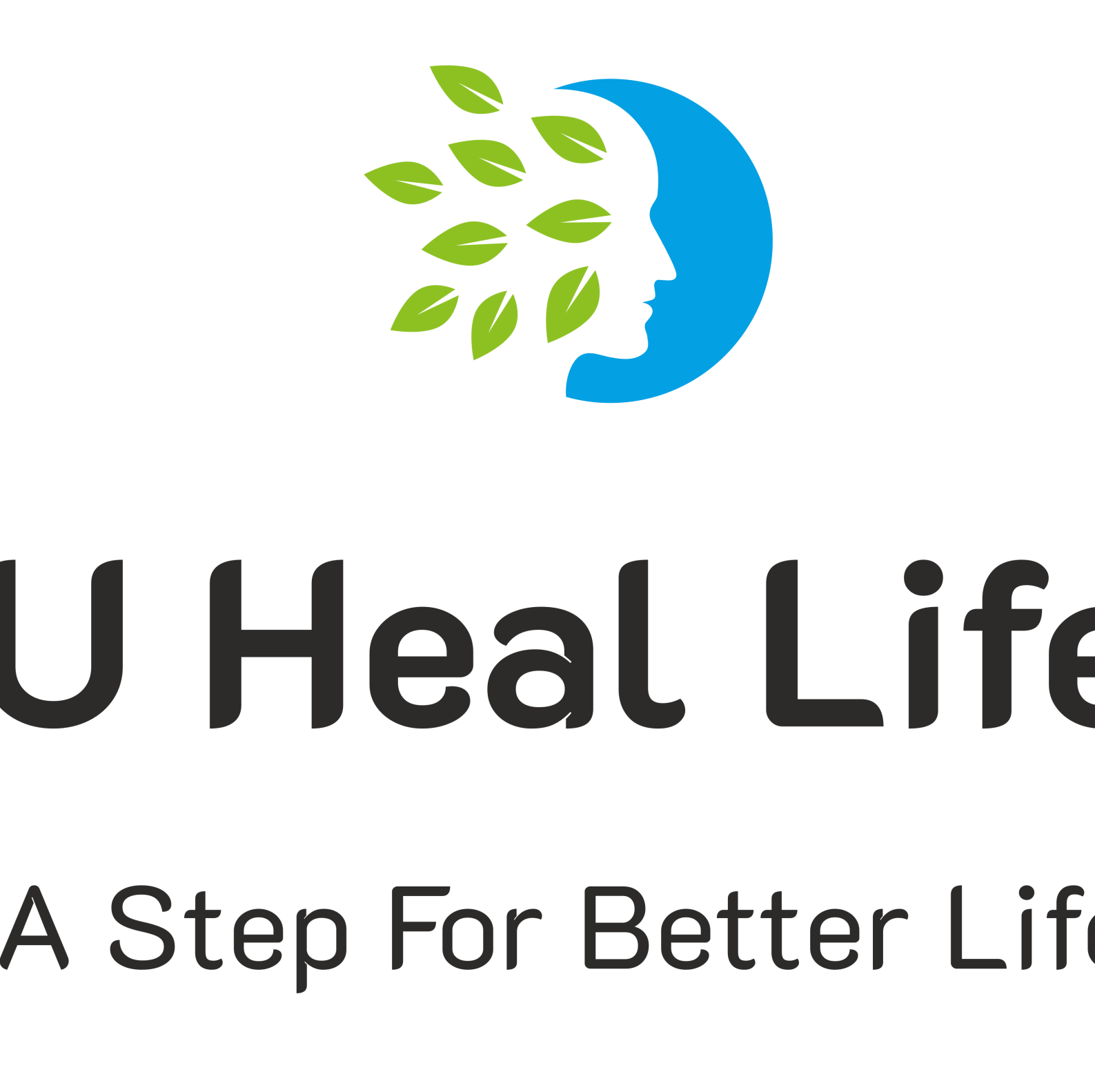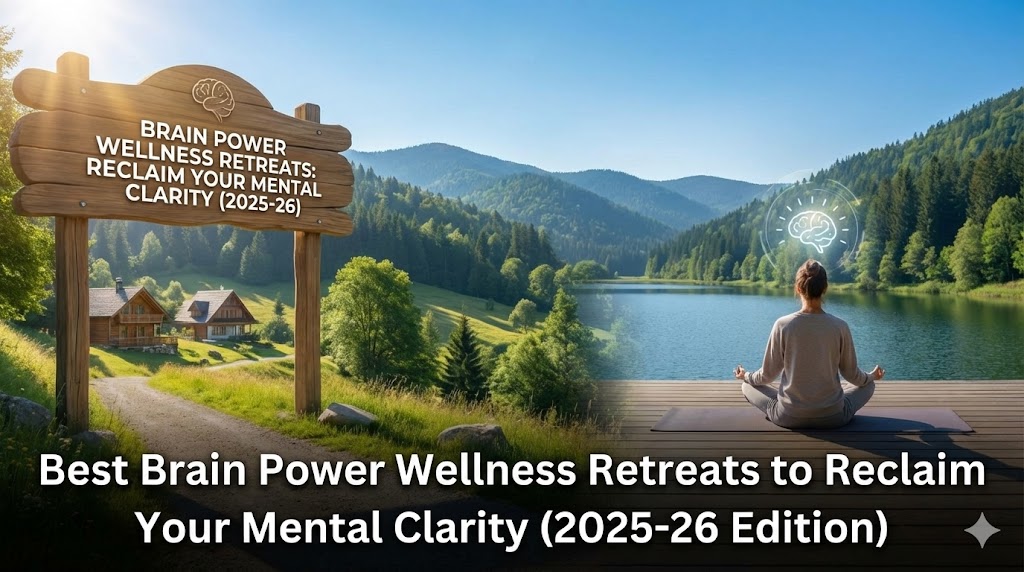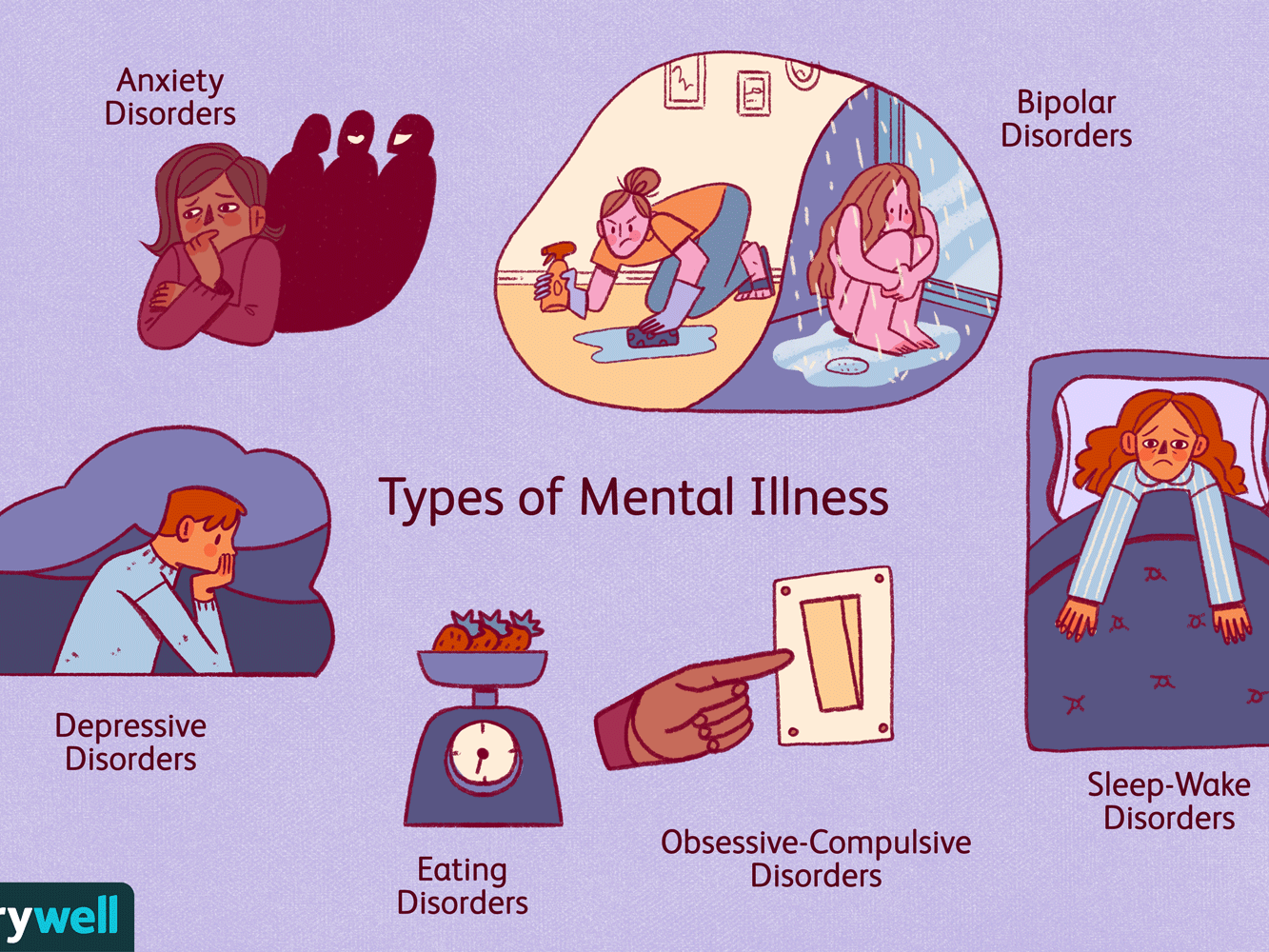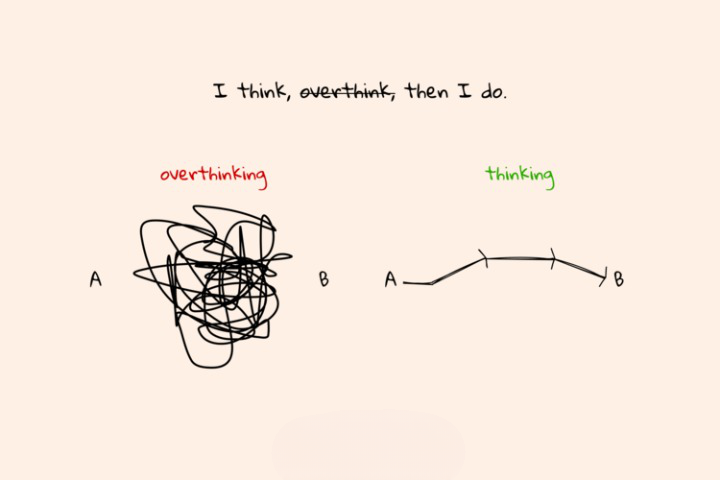Testosil Review (2025): Is This the ‘Holy Grail’ of Testosterone Boosters or Just Hype?
If you are a man over 30 living in the USA, your social media feed is likely flooded with ads for “magic pills” promising to turn you into a bodybuilder overnight. Most of them are garbage—under-dosed proprietary blends that do nothing but drain your wallet.
So, when Testosil hit the market claiming to be the “biggest breakthrough in testosterone support in a decade,” we were naturally skeptical.
Is it actually different? Or is it just another bottle of Zinc and Vitamin D wrapped in fancy marketing?
In this comprehensive Testosil review (2025 edition), we are stripping away the marketing fluff. We analyzed the label, the clinical dosages, and the “absorption technology” to answer one question: Does Testosil actually work?
What is Testosil? (The Short Version)
Testosil is a natural testosterone booster designed to combat the decline in male hormones that typically starts after age 30. Unlike synthetic alternatives (TRT) or illegal steroids, it uses natural ingredients to signal your body to produce more of its own testosterone.
But here is the catch—hundreds of supplements claim to do this.
Why is Testosil trending in 2025?
It comes down to one word: Absorption.
The biggest problem with most T-boosters is that your body flushes out 60-70% of the nutrients before they even enter your bloodstream. Testosil claims to have solved this using a patented compound called AstraGin®, which is clinically proven to skyrocket nutrient absorption.
But does the science back this up? Let’s look at the ingredients.
The Ingredients: Examining the Label
A supplement is only as good as what’s inside the capsule. We looked for “Proprietary Blends” (a way for companies to hide low dosages), but fortunately, Testosil has a fully transparent label.
Here are the heavy hitters:
1. KSM-66® Ashwagandha (600mg)
This is the gold standard. KSM-66 is the most clinically studied version of Ashwagandha on the planet.
- The Science: Clinical studies have shown that 600mg of KSM-66 can increase serum testosterone levels by up to 17% and semen volume by 53%.
- Our Take: Most competitors only give you 300mg. Testosil gives you the full clinical dose (600mg).
2. AstraGin® (The Game Changer)
This is what separates Testosil from older supplements like TestoPrime or Prime Male. AstraGin is a US-patented enhancer derived from Panax Notoginseng and Astragalus.
- What it does: It increases the absorption of amino acids, vitamins, and minerals by up to 62%.
- Why it matters: It ensures the other ingredients actually get into your system, making the formula significantly more potent.
3. Fenugreek Seed Extract (50mg)
A staple in men’s health. Fenugreek prevents testosterone from being converted into estrogen. It helps keep your “Free Testosterone” levels high, which is crucial for libido and muscle hardness.
4. ZMA Matrix (Zinc, Magnesium, Vitamin B6)
Testosil includes these in highly bioavailable forms (Citrate/Aspartate). If you are deficient in Zinc (which many American men are), your testosterone production tanks. This fixes the baseline.
5. D-Aspartic Acid (DAA)
An amino acid regulator of testosterone synthesis. It helps signal the brain to release Luteinizing Hormone (LH), the precursor to testosterone.
Real Results: What Can You Expect?
Based on the ingredient profile and real customer reviews, here is a realistic timeline of results. Note: This is not a magic pill; it takes time to build up in your system.
- Weeks 1-2 (The Loading Phase): You likely won’t see huge muscles yet. However, most users report better sleep and a slight uptick in daily energy. The “afternoon crash” starts to disappear.
- Weeks 3-4 (The Clarity Phase): This is where the mental fog clears. Motivation to hit the gym increases. Many men report a noticeable boost in libido and morning vitality.
- Weeks 6-8+ (The Physical Phase): With consistent training, this is where body composition changes happen. Faster recovery after workouts, better muscle tone, and stubborn belly fat starting to shift.
Warning: If a review tells you gained 10lbs of muscle in 2 weeks, they are lying. Testosil optimizes hormones naturally; it is not a steroid.
The “Scam” Check: Is Testosil Legit?
We look for three red flags to identify scams: Hidden ingredients, impossible claims, and no refund policy.
How does Testosil score?
- Transparency: Pass. The label is open, and the facility is cGMP certified in the USA.
- Claims: Pass. They cite real clinical studies (like the KSM-66 study), not made-up numbers.
- Guarantee: BIG PASS. This is their strongest selling point.
The Lifetime Money-Back Guarantee
Most companies offer a 30-day or 60-day guarantee. Testosil offers a Lifetime Money-Back Guarantee. You can literally use it, decide a year later you didn’t like it, and ask for a refund.
Note: Scams do not offer lifetime guarantees because they know their product doesn’t work.
Pros and Cons
The Good:
- ✅ Clinical Dosages: 600mg of KSM-66 is excellent.
- ✅ AstraGin Technology: Superior absorption compared to competitors.
- ✅ Lifetime Guarantee: Zero risk for the buyer.
- ✅ Made in the USA: Manufactured in FDA-inspected cGMP facilities.
- ✅ Bonus: Bulk orders come with a free bottle of “Vigor” (Nitric Oxide booster).
The Bad:
- ❌ Premium Price: It is not cheap (approx $59/month), but quality ingredients cost money.
- ❌ Availability: You can only buy it from the official website (not available on Amazon or GNC to avoid fakes).
- ❌ Pill Count: You have to take 4 capsules a day.
Comparison: Testosil vs. The Competition
| Feature | Testosil | TestoPrime | Nugenix |
| Main Ingredient | KSM-66 Ashwagandha | Panax Ginseng | Fenugreek |
| Absorption Booster | Yes (AstraGin) | Yes (Black Pepper) | No |
| Guarantee | Lifetime | Lifetime | 30 Days |
| Price | $$$ | $$$ | $$ |
| Rating | ⭐⭐⭐⭐⭐ | ⭐⭐⭐⭐ | ⭐⭐⭐ |
Final Verdict: Is Testosil Worth Buying in 2025?
If you are looking for a cheap $20 pill from a gas station, this isn’t it.
However, if you are a man serious about reclaiming your energy, focus, and physique, Testosil is currently the top-rated T-booster on the market for 2025.
The combination of the full clinical dose of KSM-66 and the absorption power of AstraGin makes it scientifically superior to older formulas. Plus, with the lifetime guarantee, the risk is entirely on them, not you.
Our Recommendation: Start with the 3-month supply to cover the full “biological reset” cycle (and get the free shipping).
[Click Here to Visit the Official Testosil Website & Check for Discounts]
Disclaimer: I am not a doctor. This content is for informational purposes only. Consult a physician before starting any new supplement.











